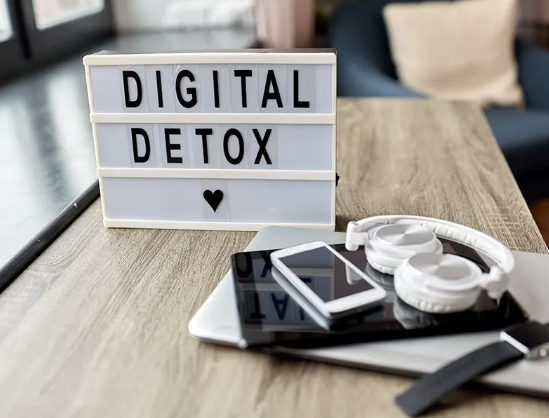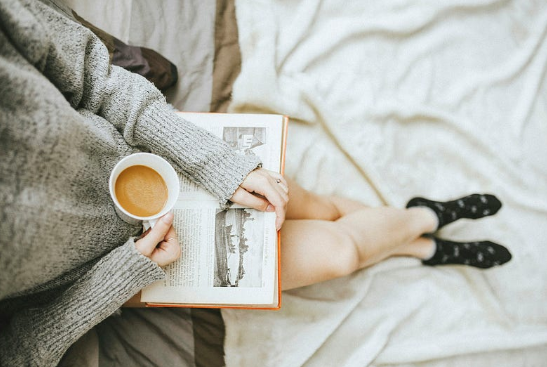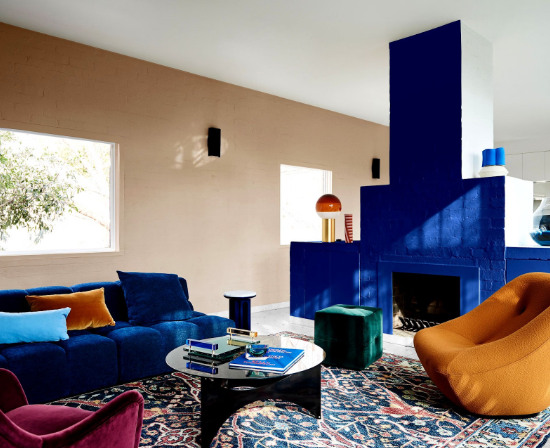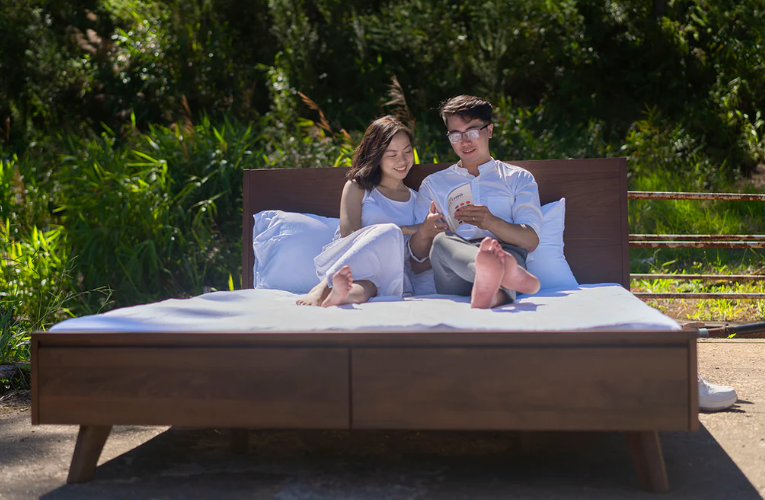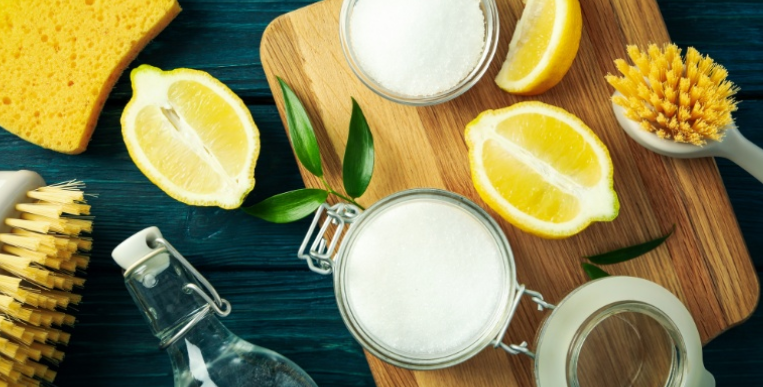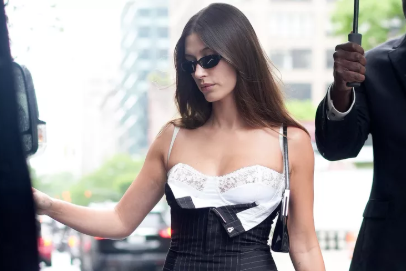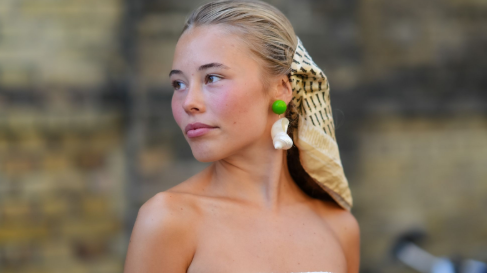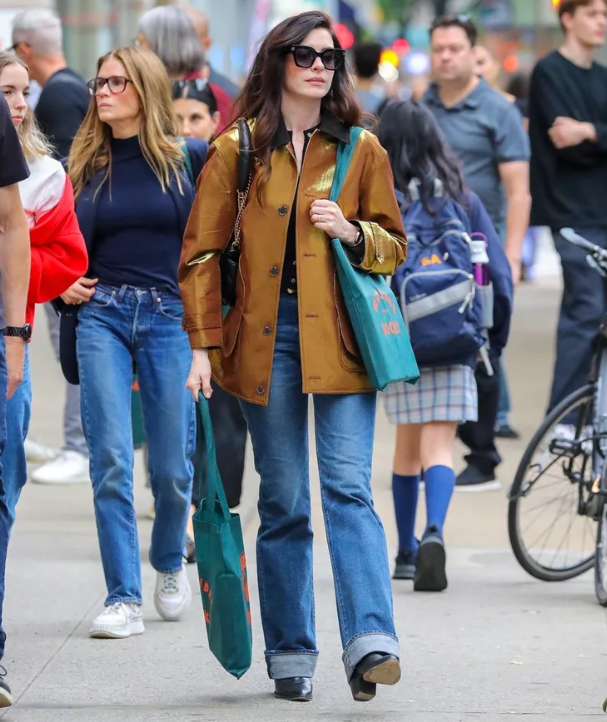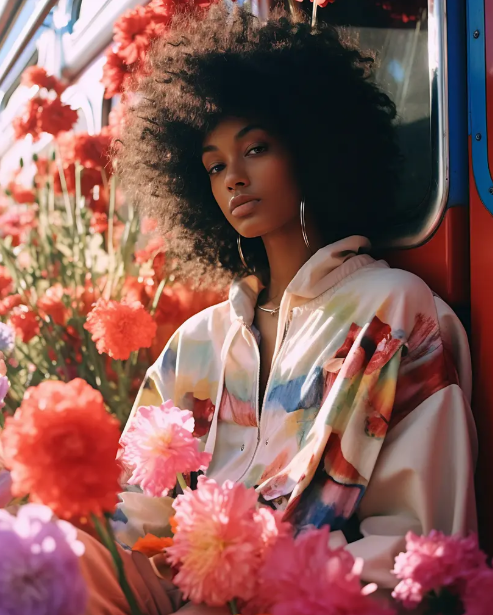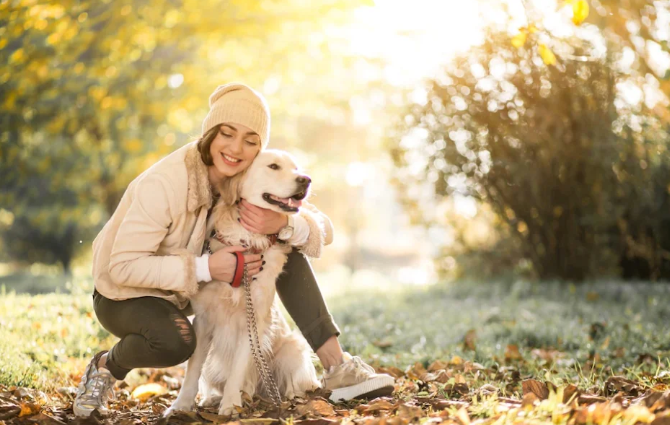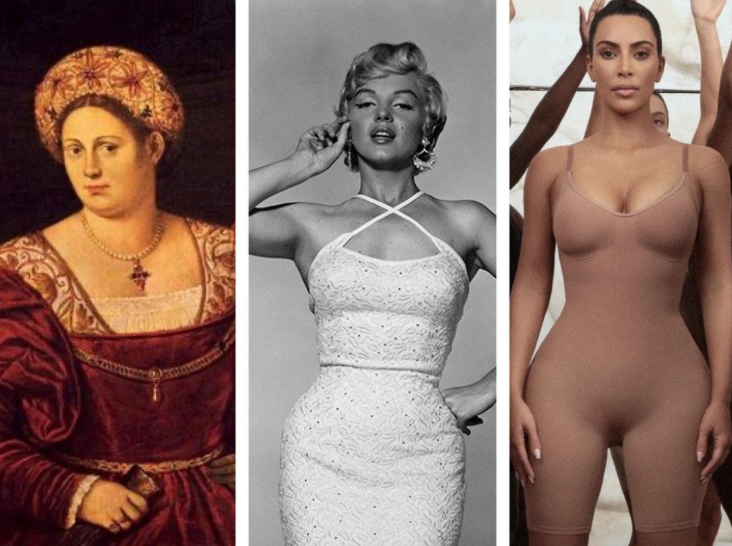
Beauty is ever-changing, shaped by cultural influences, fashion, and societal expectations. What was considered ideal beauty in one era may be completely different in the next. From the curvy glamour of the 1950s to the ultra-thin aesthetic of the 1990s, beauty standards have evolved dramatically, influencing self-perception and the way women are represented in media.
Understanding how beauty ideals have shifted over time can help us recognize the impact of these standards and embrace a more inclusive definition of beauty today.
Beauty Standards Over the Decades
1920s – The Flapper Era
- The 1920s ushered in a rebellious, boyish look, breaking away from Victorian ideals of femininity.
- Women embraced short bobbed hair, minimal curves, and bold makeup, symbolizing newfound independence.
- The rise of Hollywood and silent films popularized dramatic eye makeup and dark lipstick.
1950s – The Hourglass Figure
- Inspired by icons like Marilyn Monroe and Elizabeth Taylor, the ideal body shape became curvy and feminine.
- Women embraced full skirts, cinched waists, and red lips, emphasizing a more traditional, glamorous beauty.
- The post-war era encouraged a return to classic femininity, with beauty routines becoming more elaborate.
1960s – The Slim, Youthful Look
- The waif-like figure gained popularity, thanks to models like Twiggy.
- Beauty trends included big eyes, pale lips, and straight, voluminous hair.
- The shift towards youthful, doll-like features reflected changing cultural attitudes toward femininity and modernity.
1980s – Bold and Powerful
- The fitness craze of the ‘80s promoted a strong, athletic body with toned muscles.
- Bright colors, big hair, and bold makeup defined the decade.
- Supermodels like Cindy Crawford and Elle Macpherson set the standard for a healthy, confident look.
1990s – Ultra-Thin and Minimalist
- The rise of heroin chic, popularized by models like Kate Moss, glorified extreme thinness and androgyny.
- The minimalist aesthetic meant natural makeup, grunge-inspired fashion, and straight hair.
- The media heavily pushed the idea that “thin is in,” affecting self-perception for many women.
2000s – The Glamorous, Curvy Revival
- Pop culture icons like Beyoncé, Jennifer Lopez, and Kim Kardashian brought curves back into mainstream beauty ideals.
- The trend of tanned skin, glossy lips, and ultra-defined features became the new standard, influenced by social media and celebrity culture.
- Beauty routines became more complex, with an emphasis on contouring, heavy makeup, and body sculpting trends.
Today – The Era of Body Positivity & Diversity
- Modern beauty standards are shifting toward inclusivity, self-acceptance, and diversity.
- Representation of different body types, skin tones, and natural beauty has increased in fashion and media.
- Social media movements like body positivity and natural beauty trends encourage embracing individual uniqueness over outdated ideals.
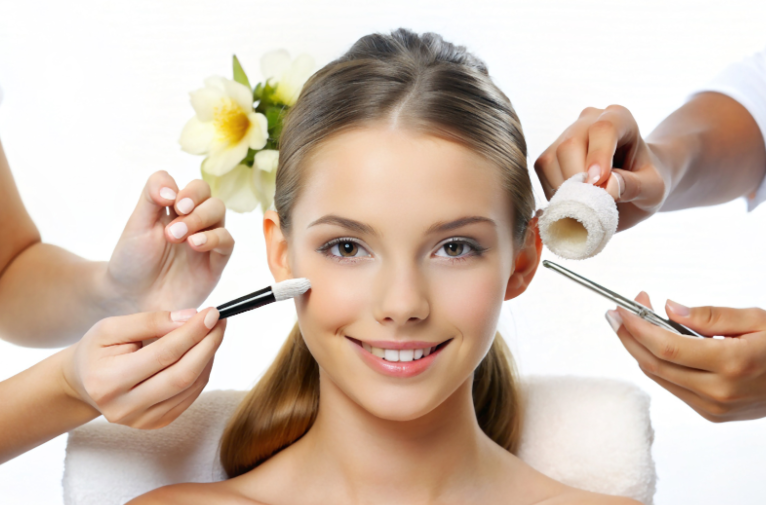
What This Means for Women Today
As beauty standards continue to evolve, there is a growing push for breaking free from unrealistic expectations and embracing beauty in all forms. Understanding the history of beauty ideals helps us recognize how media and culture shape perceptions—and gives us the power to define beauty on our own terms.
True beauty is not about fitting into a mold but about confidence, authenticity, and self-expression.
Disclaimer: The information provided in this article is for educational and informational purposes only and is not intended as a substitute for professional medical advice, diagnosis, or treatment.



